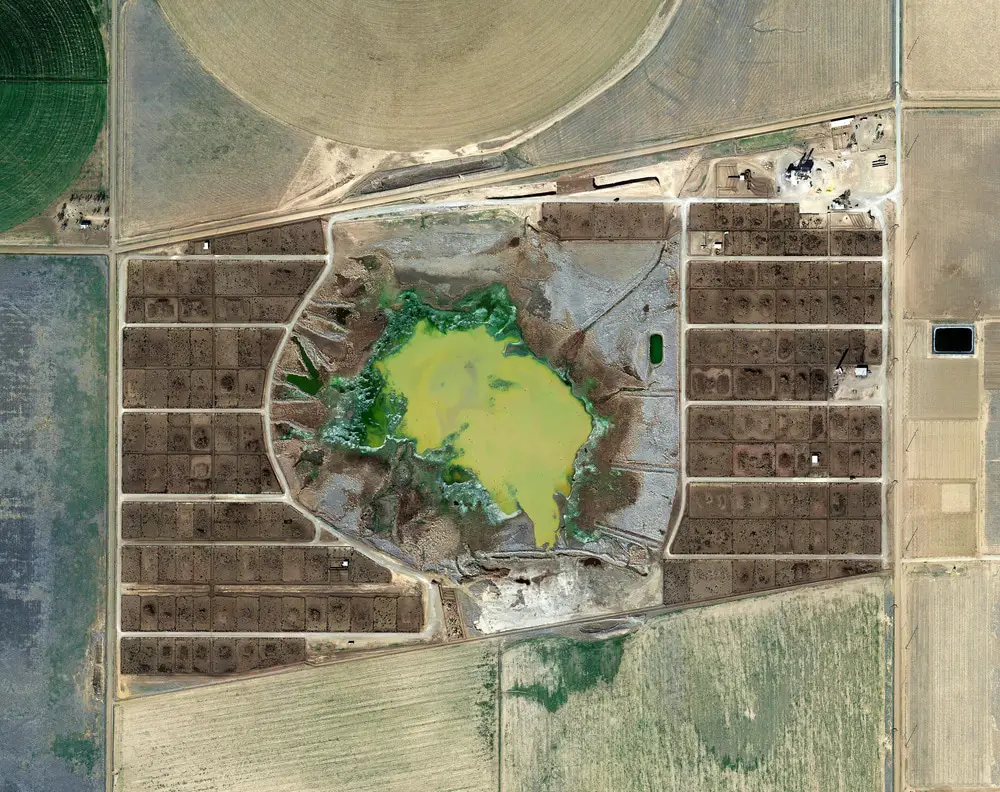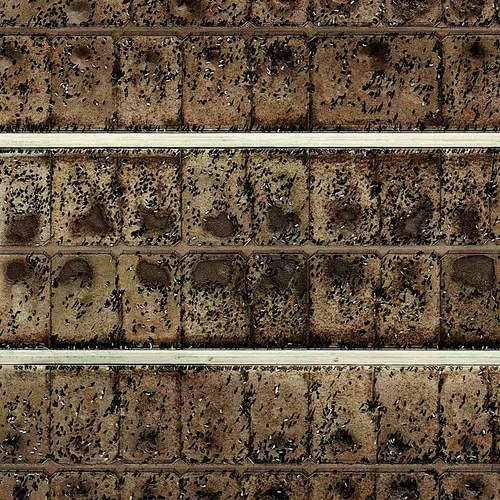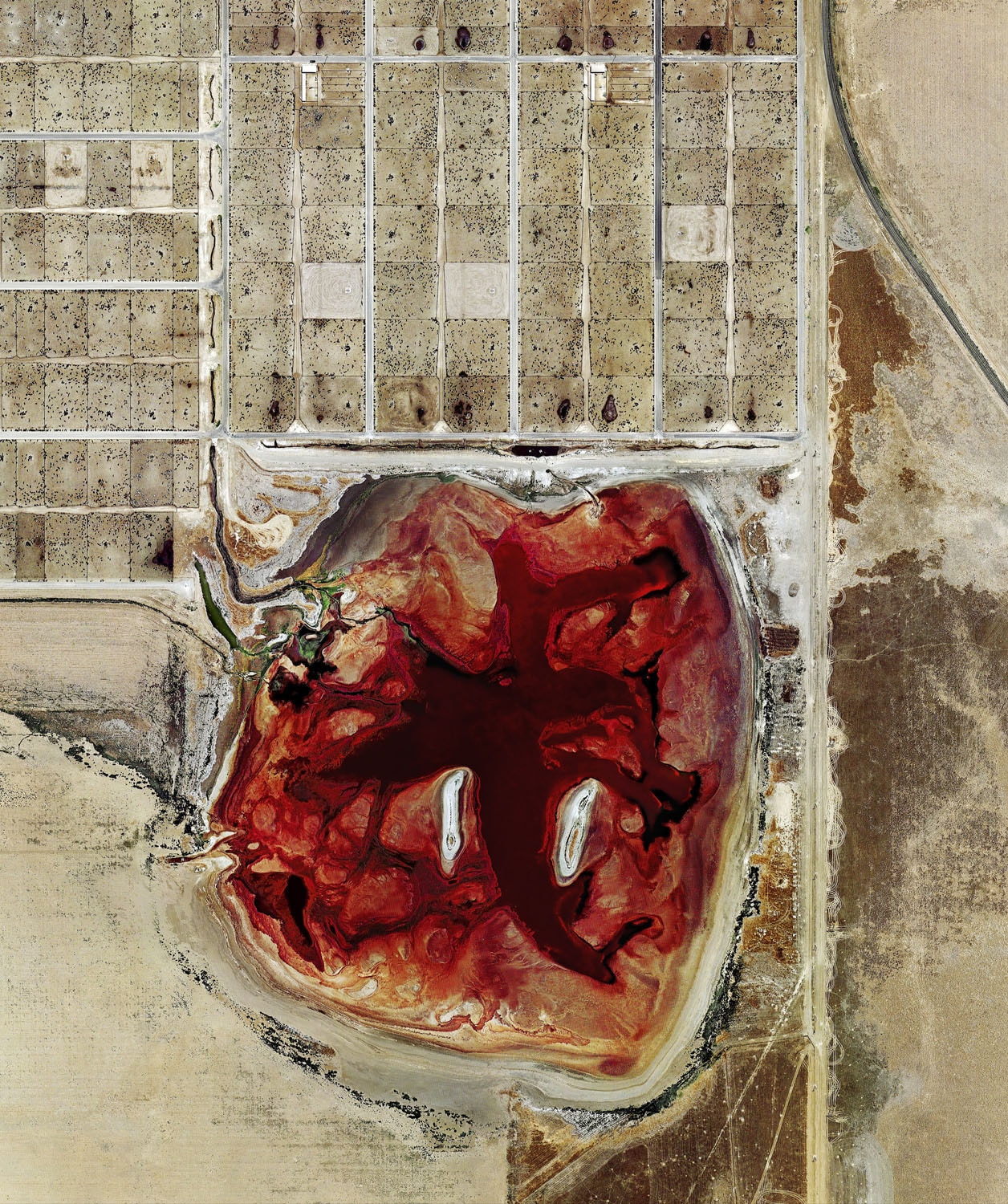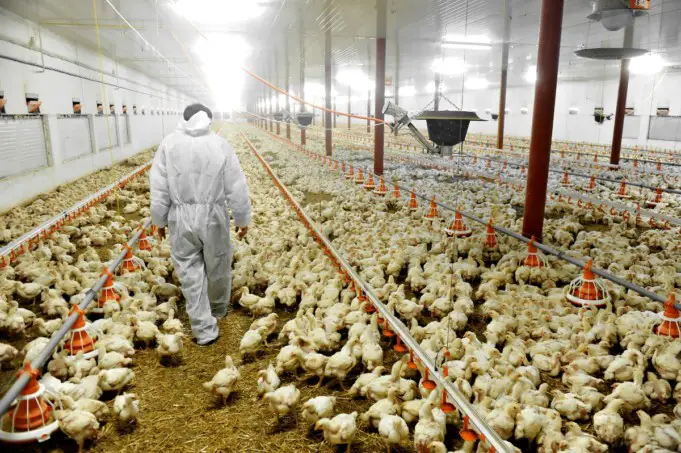Water. Air. Land.
The three elements that sustain entire physical life on Earth. Even the slightest change in these elements translates to your body and leaves a permanent imprint. They are as much a part of you as your body parts are. Every single molecule of your body was once a part of the environment (and will return there).
We tend to focus on personal issues, however, neglecting the biggest threats to our wellness—and even survival!
Oftentimes you hear about the negative impact of plastic, overpopulation, greenhouse effect, etc. But there’s a HUGE elephant in the room! You are about to learn why factory farming is one of the biggest environmental issues in 2018 and how it affects your well-being.
The good news: you can help end this destructive practice, starting NOW! Back in 2006, The Food and Agriculture Organization (FAO) of the United Nations published a report (Livestock’s Long Shadow Environmental Issues and Options – web version, summary and pdf) about the impact of livestock production on our environment (factory farms account for more than 90% of livestock production). The following facts are the main conclusions of that report, backed up by other studies and official stats:
Factory Farming Is the Main Cause of Deforestation, Land Erosion, and the Loss of Biodiversity
 In the US alone, factory farms raise up to 10 billion animals each year. It takes HUGE space to grow food crops for all those animals, instead of just consuming the crops directly. Consequences?
In the US alone, factory farms raise up to 10 billion animals each year. It takes HUGE space to grow food crops for all those animals, instead of just consuming the crops directly. Consequences?
- Around 77% of the entire agricultural land is used for livestock production (chart)
- Up to 70% of Amazon rainforests are cut and turned into crop fields
- Factory farming is responsible for 50% of land erosion in the US
- According to the World Wildlife Fund (WWF), we are losing an equivalent of 27 soccer fields of forests EVERY MINUTE
What happens to all the lifeforms when you take over and destroy their natural habitat?
They die. Plant and animal species are disappearing at an alarming rate. Our land is heavily polluted and stripped of vegetation and nutrients. All our efforts about healthy food are pointless if we don’t have the land to grow it on.
Livestock Production Is the Biggest Culprit of Air Pollution and Greenhouse Gas (GHG) Emission
 The media are buzzing with warnings about air pollution, climate change, and GHG emission. Yet, no one seems to blame livestock production. Let’s take a look at the facts from the FAO report:
The media are buzzing with warnings about air pollution, climate change, and GHG emission. Yet, no one seems to blame livestock production. Let’s take a look at the facts from the FAO report:
Livestock production emits more GHG than all means of transportation—combined!
Sounds crazy, right? Imagine all the cars, SUVs, ships, planes, etc., in the world. Altogether, they emit less GHG than raising animals does.
How’s that? Once again: raising animals for food is extremely inefficient. For every pound of meat, we must produce 10 pounds of grain. And it’s not just about feeding the animals: Alanna Ketler from Collective Evolution explained this huge waste of energy step by step.
Methane accounts for 1/3 of the GHG emission from factory farms
Why is this important? Not all GHG affect our planet the same; methane has a much greater impact on climate change than CO2 (around 20 times).
Factory farms are responsible for 2/3 of global ammonia emission (in the US their share is staggering 80%)
Ammonia can form airborne particulate matter in our atmosphere, a type of air pollution that significantly contributes to human mortality. Simply put, factory farming is heavily polluting the air you breathe. Now we’re talking about some real wellness threats.
Factory Farms Are Consuming a Massive Amount of Water; They Are Also No.1 Water Pollutant
 PETA revealed some disturbing effects of meat production on our environment:
PETA revealed some disturbing effects of meat production on our environment:
Producing just 1 pound of meat requires 2400 GALLONS of water
This means you are saving 50 full bathtubs of water for every pound of meat you give up. The result of these insane water requirements:
Half of all water used in the US goes to livestock production
Not interested? Well, the majority of experts see water shortages as one of the main global problems in the near future.
As if that weren’t enough, factory farms are polluting our waters like nothing else. Can you imagine how much waste all those animals produce? According to the EPA and cited in this paper, published by the Environmental Health Perspectives journal, “…confined farm animals in the United States alone are generating approximately 500 million tons of solid and liquid waste annually”. To give you a perspective, that’s about 80x more than the Great Pyramid of Giza.
Where does all that waste end up? Next to every farm, there’s a huge open-air lagoon filled with manure. Farmers can use a fraction of it to fertilize the soil. In this amount, however, the manure becomes hazardous for the ecosystem. When it spills into nearby waters—like in the massive Illinois spill (2012)— the waste wreaks havoc on aquatic life.
The Environmental Protection Agency also identified animal farming as the main cause of water pollution. Our planet already lacks clean water and it’s about to become much worse if we don’t do anything about it ASAP.
Water. Air. Land.
Factory farming is destroying the three sacred elements of our life. Our bare existence will soon come into question if we continue down this road—let alone our health and wellness.
This short video sums up how factory farming impacts our planet and how you can help:
Improve Your Wellness and Save the Environment
“Every day there is a new confirmation of how destructive, inefficient, wasteful, cruel and unhealthy the industrial agriculture machine is…”—says Philip Lymbery, chief executive of Compassion in World Farming (CIWF)— “We need a total rethink of our food and farming systems before it’s too late.” CIWF advocates sustainable farming and a reduced consumption of meat.
Our dietary choices impact the world in many ways. The animal industry just responds to a rising demand for animal foods. If you buy the industry-raised animal products, you are directly contributing to all the terrible consequences of factory farming. Support sustainable agriculture and farming instead. Your choice matters!
Global Perspective
Before sweating the small stuff, please consider this global issue. Intensive livestock production may be the greatest and most alarming threat to your well-being. Our planet is suffering and we are paying the ultimate price. No one can be healthy and fulfilled in a toxic environment.
Stay tuned to find out everything about a plant-based diet, which offers a great alternative to our overconsumption of animal products. Both your personal wellness and the environment could benefit from some simple changes in your diet.
What’s your perspective on this global issue? Do you think about the large-scale impact of the food you eat? Feel free to ask anything or share your thoughts.
Best wishes and see you in the comment section!
Satellite images courtesy of Mishka Henner.
Image sources:
- https://freight.cargocollective.com/w/1256/i/578a505b5bb5aeae6909b273d44b4491bd0c4190fc851272e1547c7aeab83805/Coronado-Feeders–Dalhart–Texas.jpg
- https://freight.cargocollective.com/w/1000/i/02c7cea8703bdc645f9430fc32cbba951c29f7ec55362263114edcbdab36d70c/Tascosa-Feedyard–Bushland–Texas_o.jpg
Author Bio:
Aleksa Ristic, MPharm is a freelance health writer with a Master’s degree in Pharmacy, currently writing for Big Blue Waves wellness blog. His main fields of interest are nutrition, herbal medicine, and a healthy sustainable lifestyle. He found a way to merge his two biggest passions—writing and health—and use them for noble purposes. Ultimately, Aleksa’s mission is to inspire the readers to improve their wellbeing and live their lives to the fullest. Connect with Aleksa via Facebook and Twitter.












